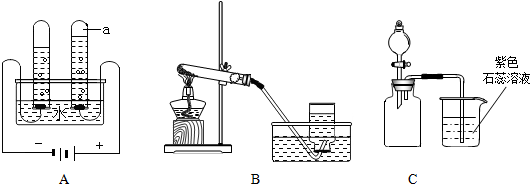Since the 1930s, the idea that creatures might advertise their " fitness " as mates through symmetry has been around. It rests on the notion that factors ranging from bad genes to coming off worse in too many fights will lead to asymmetries others can see. And over the past few years, experiments with animals and humans seemed to support the idea that symmetry in features such as plumage and facial characteristics influences mate selection.
But no one had actually checked that the animals in these experiments can actually see the subtle differences in symmetry, typically of between 1 and 2 percent. Now the first such experiment has been carried out. The results are worrying for advocates of symmetry detection as a powerful factor in mate selection.
John Swaddle, an ethnologist at the University of Bristol, performed the experiment using wild starlings, which have excellent eyesight. He trained them to hit keys marked with bar patterns with varying levels of asymmetry in order to receive food rewards. This showed the starlings could easily detect asymmetries of between 5 and 10 percent. But at between 1 and 2 percent, their performance plummeted to no better than random guessing.
" This suggests that the levels of asymmetry that birds encounter in nature will often be just too small to be detected, " says Swaddle. He says experiments that linked small asymmetries to fitness may have produced misleading correlations, and says the only direct evidence that birds use asymmetry as a cue to mate fitness involves levels of asymmetry of at least 10 percent. " I think signaling by asymmetry will probably only occur when species show such very large asymmetries—and this doesn’t occur that often. "
This raises questions about research suggesting that humans are influenced by visual asymmetry in their choice of partner. Michael Butt of the Perception Laboratory at the University of St. Andrews, who has carried out such experiments, concedes that no one has ever checked if humans have a threshold to asymmetry detection. He thinks a conclusive test of this would probably involve manipulating complex three-dimensional images: " It would be a very difficult experiment to do "
Burt adds that the abilities of animals to detect asymmetry in bar patterns may not reflect their talent for spotting asymmetries in body shape. " The visibility of an asymmetry may well depend on its type, " he says. Swaddle agrees, and is planning further experiments. " But I suspect that asymmetry is used as a visual cue less often than most people appear to presume, " he warns.
The visibility of an asymmetry as Michael Butt thinks, depends on()
A. types of creatures
B. types of asymmetry
C. types of body shapes
D. types of animals’ detection ability
参考答案:B
解析:
细节题。第六段第二句提到“The visibility of an asymmetry may well depend on its type”(非对称性的可视度也许取决于它的类型),可知B项正确。A、C两项都混淆了概念;D项错误地理解了“The visibility of an asymmetry may well depend on its type”一句中“its”的所指,“its”应该是指同一句中的“asymmetry”,即“非对称性的(类型)”。

